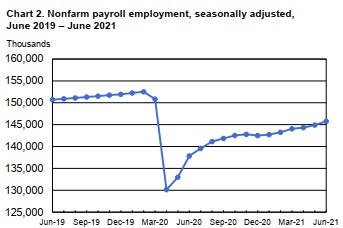Job Market/Industry News Jul 7, 2011
A Candidates Market Emerges, or Maybe It Always Has Been
No one seems to question the connection between unemployment, the employment market, and the economy. They are often used almost interchangeably. Yet, the three are different, and right now, they are in disparate places.
May saw a significant slowdown in the number of jobs being added to the workforce as the declines in the unemployment rate, which began early this year, came to a halt. The general economy, which a few months earlier had been showing signs of growing faster than expected, has failed to impress. The talent market, however, is such a different story that it seems counterintuitive.
In a recent survey of MRINetwork recruiters, more than half (54 percent) characterized the current market as candidate-driven. In fact, 52 percent of respondents noted an increase in the number and competitiveness of counteroffers in the last six months.
“Successful companies are frugal. They don’t throw money around just because they can and when they do begin making counteroffers, especially the kind we’ve seen recently, there is a reason for it,” says Rob Romaine, president of MRINetwork. “Employers who have had to conduct major searches over the last year understand better than anyone the cost and difficulty associated with finding top candidates today. When top talent resigns, employers are finding it easier to counteroffer, even if it falls outside their traditional pay grade for a role.”
In the survey, recruiters noted companies that never use counteroffers or even have explicit policies against them are making offers. Some are just monetary—recruiters report seeing as much as a 40-percent increase in base pay—while others focus on non-monetary issues. “Compensation always plays a role when talent changes positions. But the last few years have been hard on corporate cultures as cost-cutting measures have trimmed back many, if not most, of the perks that defined great workplaces a decade ago,” says Romaine. “Not only is improving the workplace environment important for retention but also for recruitment. If a candidate sees a drab, low energy office in an interview, it’s going to take a substantially larger offer to lure them away than a bright and active office.”
What turns the act of recruiting from a science into an art form is the ability to nurture that sense of attraction and excitement for a position that will entice a great employee with a steady job to resign and take a new opportunity. If the hiring process is drawn out, that excitement will wane.
“At the same time, when push comes to shove, for top talent, it always is a candidate-driven market,” notes Romaine. “Today we are seeing a tighter market for top talent than perhaps is typical. But in truth, top performers are sought after regardless of the economic cycle.”







